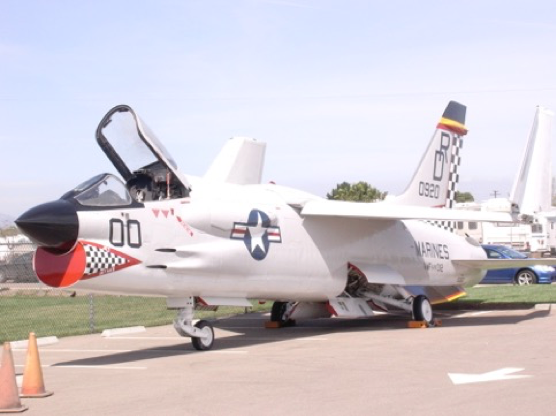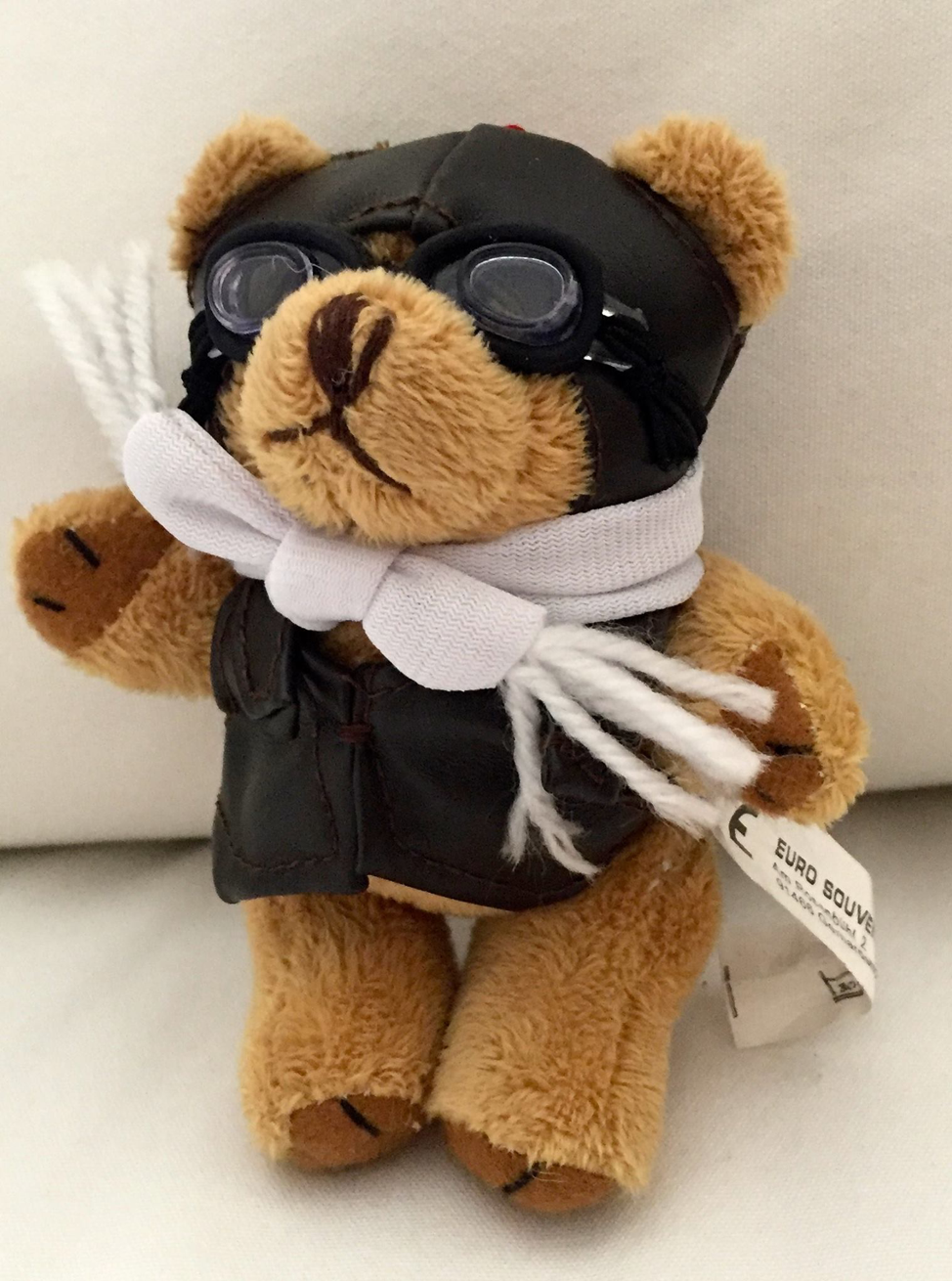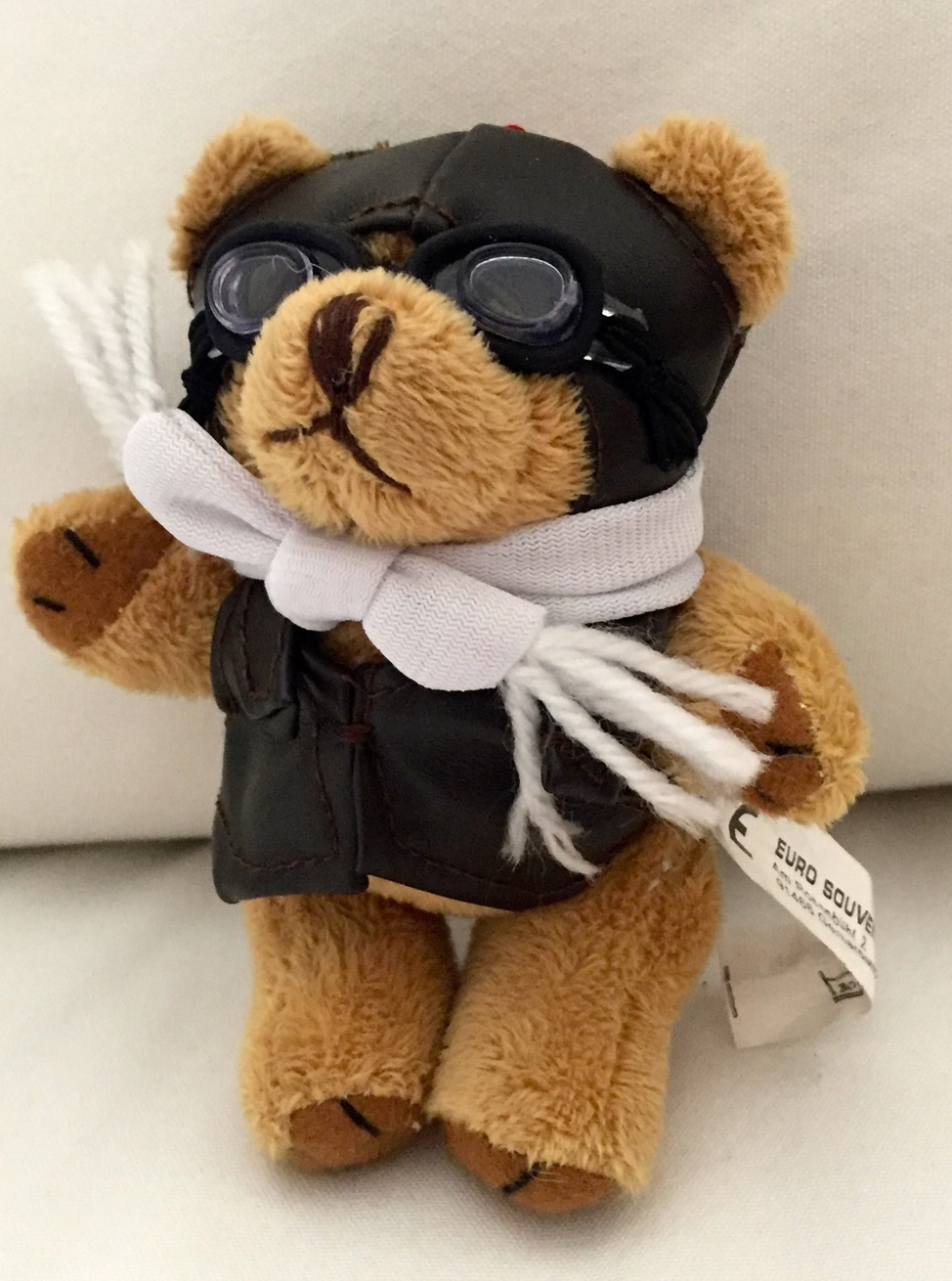
I’m always looking at ideas for a book. I don’t have trouble with the writing; no writer’s block… but I’m deathly afraid that it will sound like “What I did on my summer vacation.” My friend, Laura, thinks a story I told her years ago should be my jumping off place. It involves what turned out to be my career path, although a career wasn’t part of my thinking at the time.
I became a pilot, it’s that simple, but the backstory Laura likes is “how” I became a pilot. It strikes me that nothing demonstrates American progress better, more tangibly, and more personally than what’s happened in aviation. The world recognizes the Wright brothers’ flight at Kitty Hawk on December 17, 1903 as the launch event in the history of human flight. It was 120 feet from start to finish at an altitude of 10 feet. I was born thirty-four years to the day after that first flight and the same year that Amelia Earhart was lost at sea during her attempted circumnavigation of the globe. 22 years after Earhart disappeared, I received a lapel pin from the Chance Vought Company for flying their F8U Crusader 1000 miles per hour. 10 years later, Neil Armstrong walked on the moon. From Kitty Hawk to the moon in 66 years.

Growing up, I was curious about airplanes but no more than I was about boats. There were kids my age who were consumed with all things aviation. They’d hang out at little airports hoping to catch a ride and could name all the aircraft models (commercial and military) and tell you how high and fast they flew.
That was not me. I thought fighter planes were muscular and cool – as were the pilots who flew them, and maybe that’s what subliminally led me there. The story Laura likes, however, is how I chose my branch of the military (and in my day everyone served in the military). I chose Naval aviation – the Marine Corps to be more specific – because I liked the white scarf and Ray-Bans that were standard issue and came with the job.
On a more serious note, I probably would have bypassed the military and missed the whole white scarf/Ray-Ban experience if military service hadn’t been a requirement under the Selective Service Act. Mandatory service and conscription ended in 1973, but for years, partly because of pressure on the all-volunteer military and volunteer programs like the Peace Corps, AmeriCorps/Vista, and Teach for America, there has been talk of formalizing a new universal national service requirement for both men and women.
My friends, Bob and Juanita Watt, who met while they were serving as Vista volunteers have been married for over 50 years, and Bob, a retired Senior Vice-President at Boeing and former Deputy Mayor of Seattle is currently working with General Stanley McChrystal (US Army, retired) on a new national service program. ServiceYear.org is their NGO and though the ServiceYear program is voluntary it’s a good first step toward something more expansive.
Mandatory national service is a much bigger step, and it will take time to convince Americans and Congress that it’s the right step. We may not be ready to take it now, but ServiceYear could be the model for a program that helps young adults transition from school to work to the full-on responsibilities of adulthood and citizenship. It’s the kind of program that could move people out of their insular bubbles, introduce them to geographic and human diversity and teach them team building, civics, community service, personal finance and other skills to assist in their personal growth in addition to serving the nation and building a sense of pride in having served a purpose greater than self.

Maybe Laura’s on to something… I’m sure Bob and Juanita are, but it’s hard for me to let go of the white scarf and Ray-Ban days.

































Honored to be mentioned/remembered in your blog old buddy!
Laura
When you write your book and it’s about aviation, don’t forget to include fact#1 – that Kenneth Whiting (did you do primary at Whiting field?) was the last Navy pilot to train with Orville Wright himself. Moreover, Whiting started out in submarines and got the crazy idea that you could escape a damaged sub by going out thru a torpedo tube. He did that successfully! Interesting fact #2, Saufley, Corry and Barin all died in plane crashes. Only Whiting, who was the daredevil, lived to a ripe old age….as are those other daredevils, Halperin and Bernard.